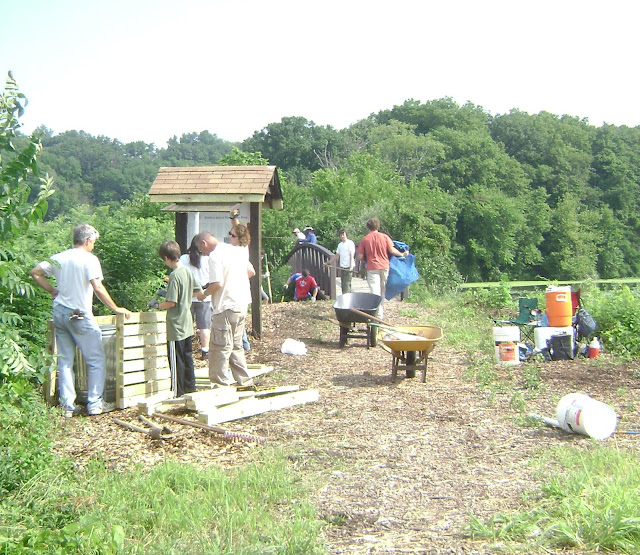 |
| Asleep |
I love mourning doves. I love the soft cooing and comforting, pigeony sounds they make. I love their sweet, muted coloring, and the way they gather at the bottom of the drive to peck at the gravel and take dust baths. And I love the whirring, whistley sound they make when they take flight. They are long-time companions and always lift my spirits when I see or hear them. It's just so nice to know they are there.
 |
| Awake |
They are named, of course, for their mournful call, which can sound like someone gently sobbing.
 |
| Fully alert and eyeing me as a possible threat. |
When researching mourning doves, I was surprised to learn two new things about them. One is that they are a game bird. I have never known anyone who shot them for sport, so this was news to me. The other is that their genus name comes from a princess!
Zenaide Laetitia Julie Boneparte was the niece of Napoleon Bonaparte, the Emperor of France. She married a cousin of hers, named Charles Boneparte, who was also a nephew of the Emperor's. Charles was a serious ornithologist, and according to Wikipedia, he created the genus Zenaida in her honor. How's that for romantic?















































